Those of you who follow me on Twitter will know that I often post photographs of what I’m doing, reading, and (often times) eating. Yesterday, I posted photos of how I had cleaned up my campus office (I’m officially on holidays, although I had to come into the office for 3 days in a row to help one of my PhD students with some paperwork). Most people think I’m crazy for always doing this much cleaning and keeping my office so organised. But I have to do it in order to feel at peace before I head out for my actual, real holidays.
As usual, I left my campus office impeccably organized for when I come back from vacation – I also leave To Do list. pic.twitter.com/ZE8jaARGvC
— Dr Raul Pacheco-Vega (@raulpacheco) July 22, 2016
Everyone thinks I’m crazy, except those who understand why my brain can’t work in a cluttered environment.
@raulpacheco you're becoming the Mari Kondo of academic workspaces ūüėČ
— Aimťe Morrison (@digiwonk) May 5, 2016
I’ve been an organisation freak since I was a child. I was used to writing notes with different colour pens, always kept a daily log of my homework, tasks to do, achievements. For those who don’t know, I’m a Virgo. We tend to be obsessive about organisation and analytical at every point in our lives. I took that organisation-freak personality through graduate school and now as a professor. I ardently protect my writing and concentration work time, I am someone who loves keeping track of his students’ work and will do so almost obsessively, and I always look for ways to make my work and personal lives easier.
I’m far from the first person to write about decluttering in academia (in fact, I wrote the title of this post in homage to Dr. Punita C. Rice, whose post “KonMari your writing” is excellent), but the benefits, to me, are many, so I felt I had to write about them.
As Punita indicates, the KonMari method (proposed by Marie Kondo, a Japanese decluttering consultant and writer of The Life-Changing Magic of Tidying: A Simple, Effective Way to Banish Clutter Forever) focuses on keeping only whatever brings you joy. Again, I just found out this year about Marie Kondo from Dr. Aimeť Morrison (University of Waterloo), and have always been a “clean up your room every single day” kind of guy, but I find the KonMari method to make absolute sense for what I do as an academic. Like Marie Kondo preaches, I only keep whatever gives me joy. I’ve gotten rid of magazine holders who aren’t the brand I like, highlighters I tested and didn’t really work for me. Everything that stays in my office DOES bring me joy. For example, on a shelf, I keep physical miniatures of toilets and water wells and water fountains (since water and wastewater is what I study).
At my office, I have two huge whiteboards and a large corkboard. I write on one of my whiteboards all my collaborations and tasks that I need to work on. This keeps me accountable to my colleagues with whom I’m doing collaborative research projects.
On the other whiteboard, I keep a daily log of my tasks (these come from my Everything Notebook). Every Friday I write down what I couldn’t accomplish in the week into my Everything Notebook and then I use that as a basis to create the list of To-Do tasks for the following week.
On my corkboard, I keep copies of printed stuff that I need for quick access, including motivational material, and photographs of my nieces and nephews, as well as my Mom. My corkboard has basically everything that I need to see on an everyday basis: our fall schedule, writing motivation, my family and loved ones, motivational quotes on being organised and productive, tips for accomplishing tasks, calls for papers or conferences I need to think about, my own conceptual outlines for projects.
On my left-hand side desk, right by my desktop computer (which is in Spanish, the language in which I have to operate 50% of the time) I keep a book rest to allow me to read materials, and a series of trays for “stuff I need to process“, “stuff I already processed and needs to be filed away“, and “articles I should read at some point“.
And I have lots, and lots of coloured pens, fine-lined markers, highlighters, adhesive notes (Post-It). I keep all of the stuff that I need to read, write, type, at my fingertips. Knowing where everything goes allows me to waste basically zero time in finding it.
My books are organised on shelves by the topic (urban governance, regional development, public policy, environmental policy, climate change, water, non-state actors, international relations). My journal articles and book chapters are organised in magazine holders, with a plastic tab with the citation and year for ease of access. Each magazine holder has associated a specific research project I’m doing, or a topic I’m interested in.
Every few days, and at least once before the semester starts, I do a thorough purge and clean up. I store files from old projects, and previous semesters, I clean my desk, plan whatever is coming up for the fall, clean my weekly/daily activity whiteboard and reorganise my office supplies. Obviously my desk gets messy the more stuff I start doing. Particularly when I engage in reading sprees, I often have piles, and piles of journal articles and book chapters all printed and ready to be highlighted and written on, and engaged on.
But then, once I’m done, I again organise them into their own magazine holders. My digital files suffer the same destiny – once a week I declutter my Dropbox and check my Mendeley for references that have not been cleaned. Having a clean desk allows me to focus on finishing projects and zero in on the specific target or task at hand.
One thing that really resonated with me from the Marie Kondo Tidying Up method is that you get to only keep what brings you joy. One reason why I love coming into my campus office every single day is that it actually brings me joy. I LOVE my office on campus. I’ve decorated it and organised it the way I like it and thus it really gives me immense joy to come into work. I guess if I had a smaller space, or an open plan space that I couldn’t decorate the way I like, I wouldn’t be as happy. But even my home office (which is WAY smaller than my campus office) is organised the same way, and it also brings me enormous joy. I think it’s because it’s really well organised.
Clean slates work for me. I prefer to work in an organised, clean and comfortable environment, and I apply that to the way in which I live and work.

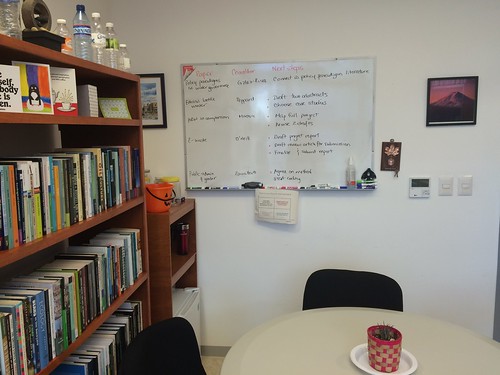
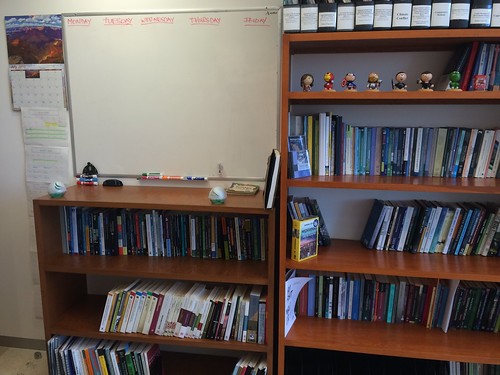
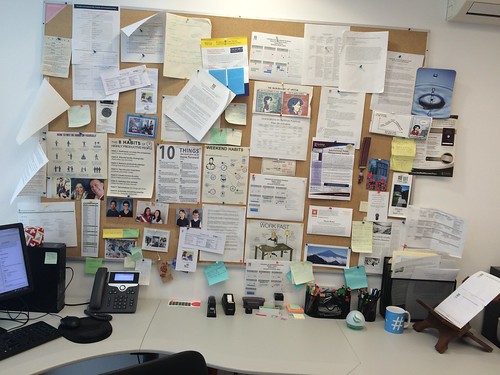
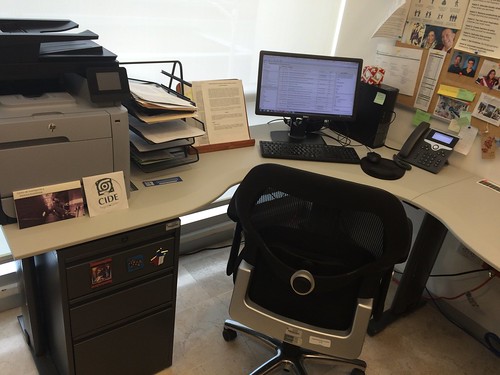
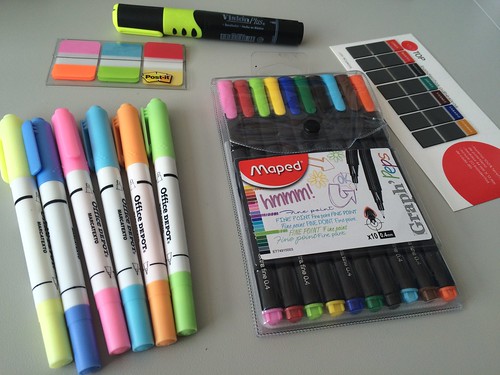

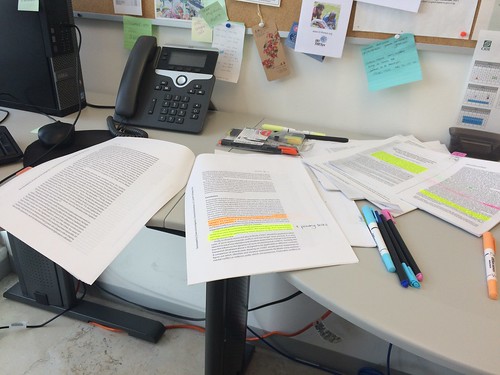
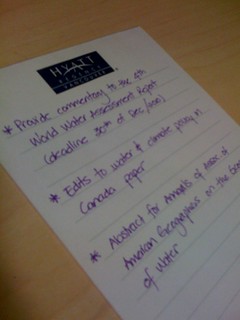
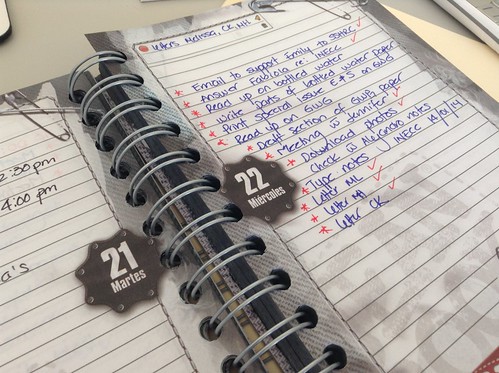
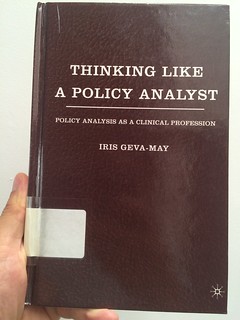
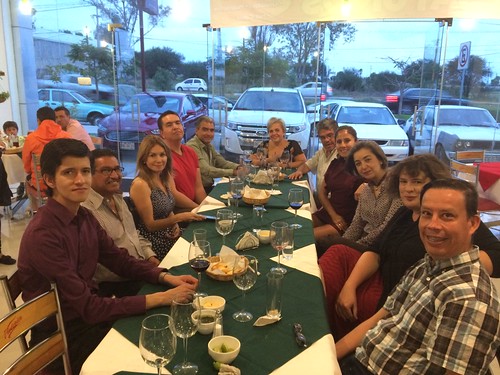
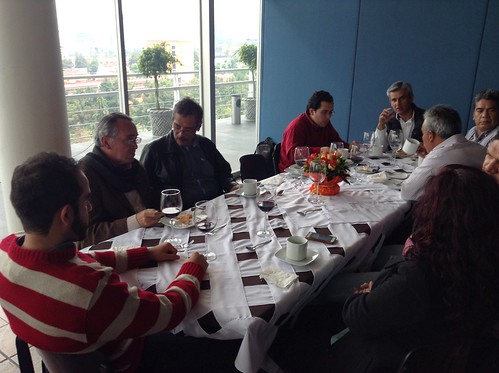
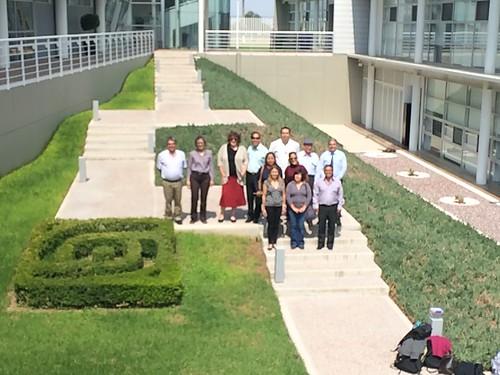
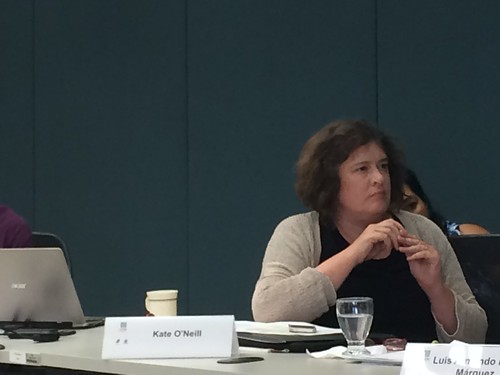
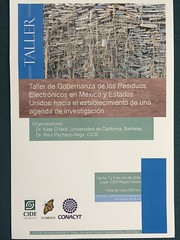
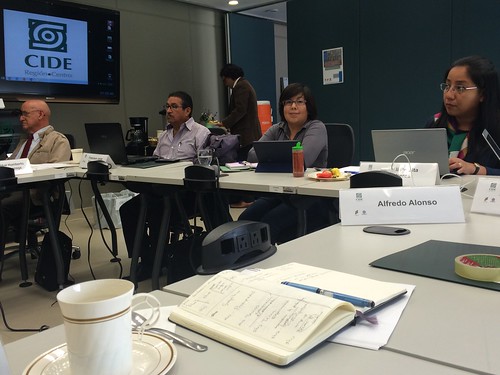
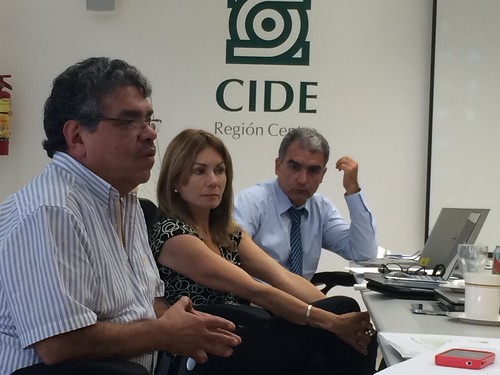
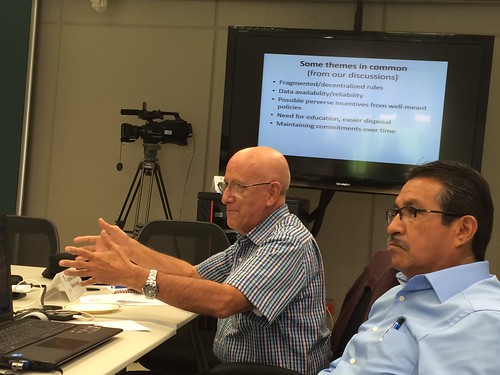


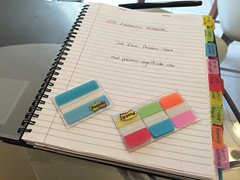
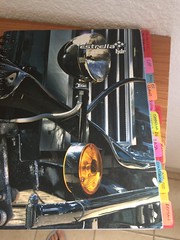
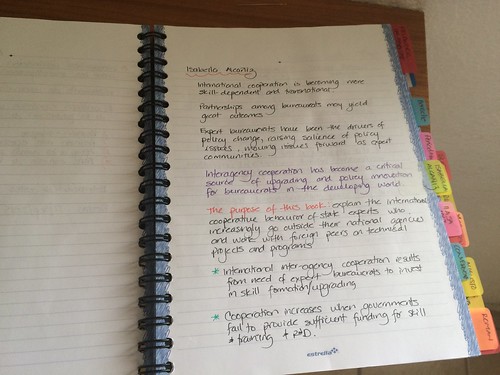
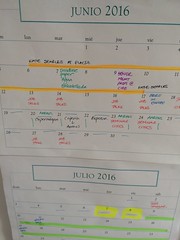
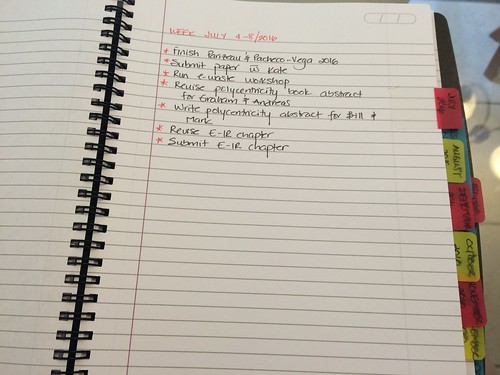
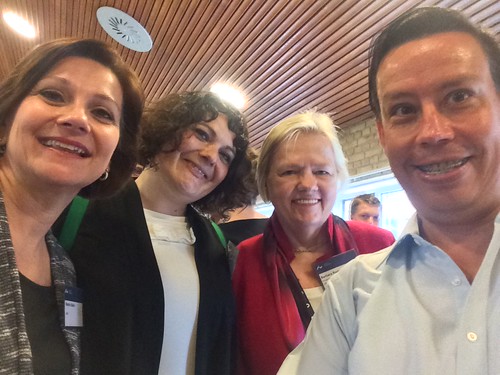


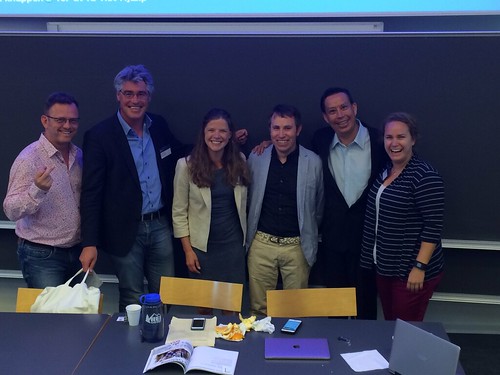
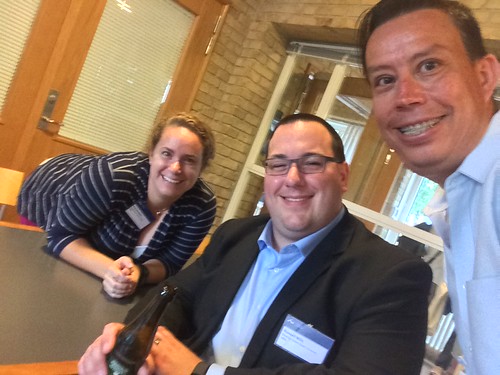














Recent Comments